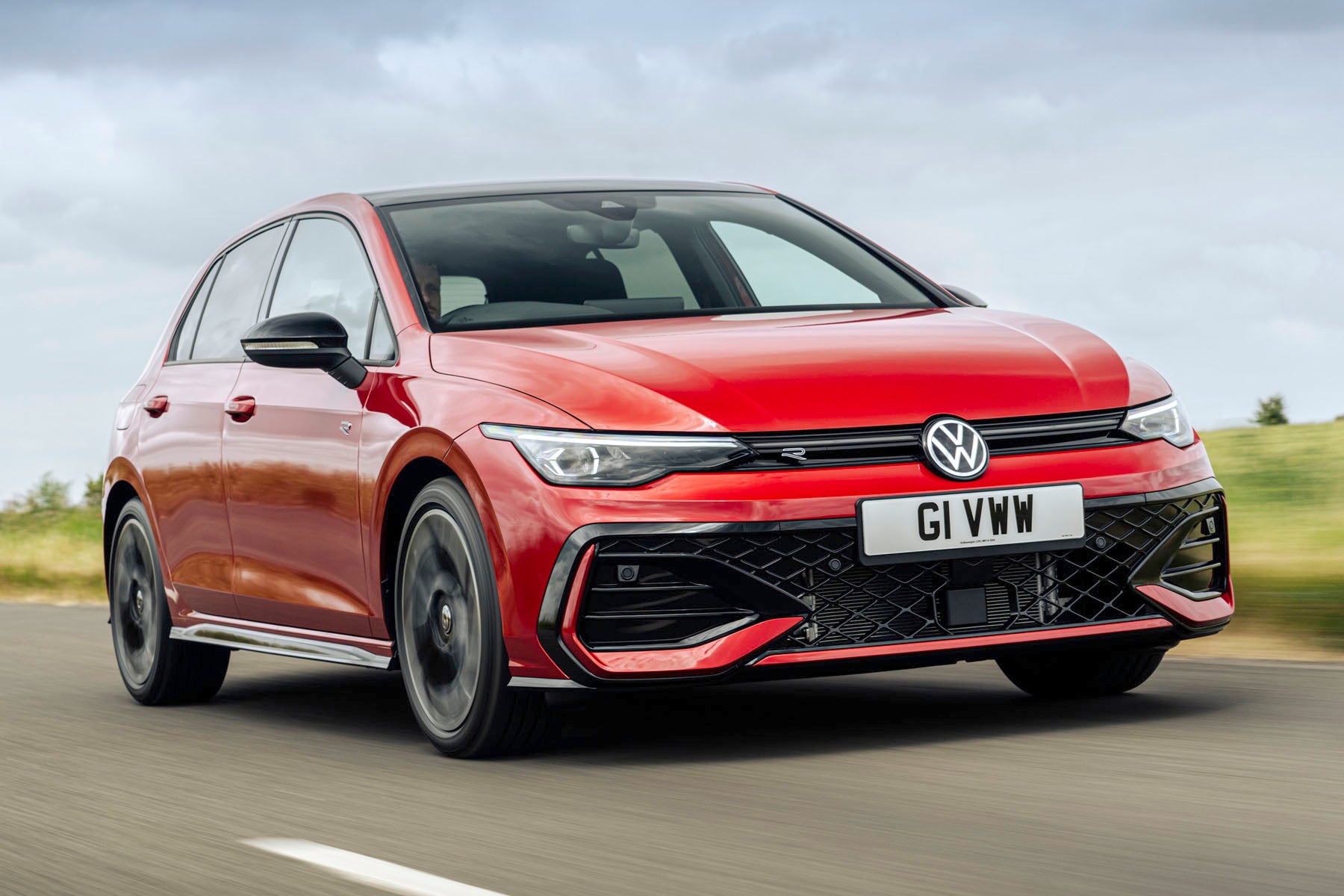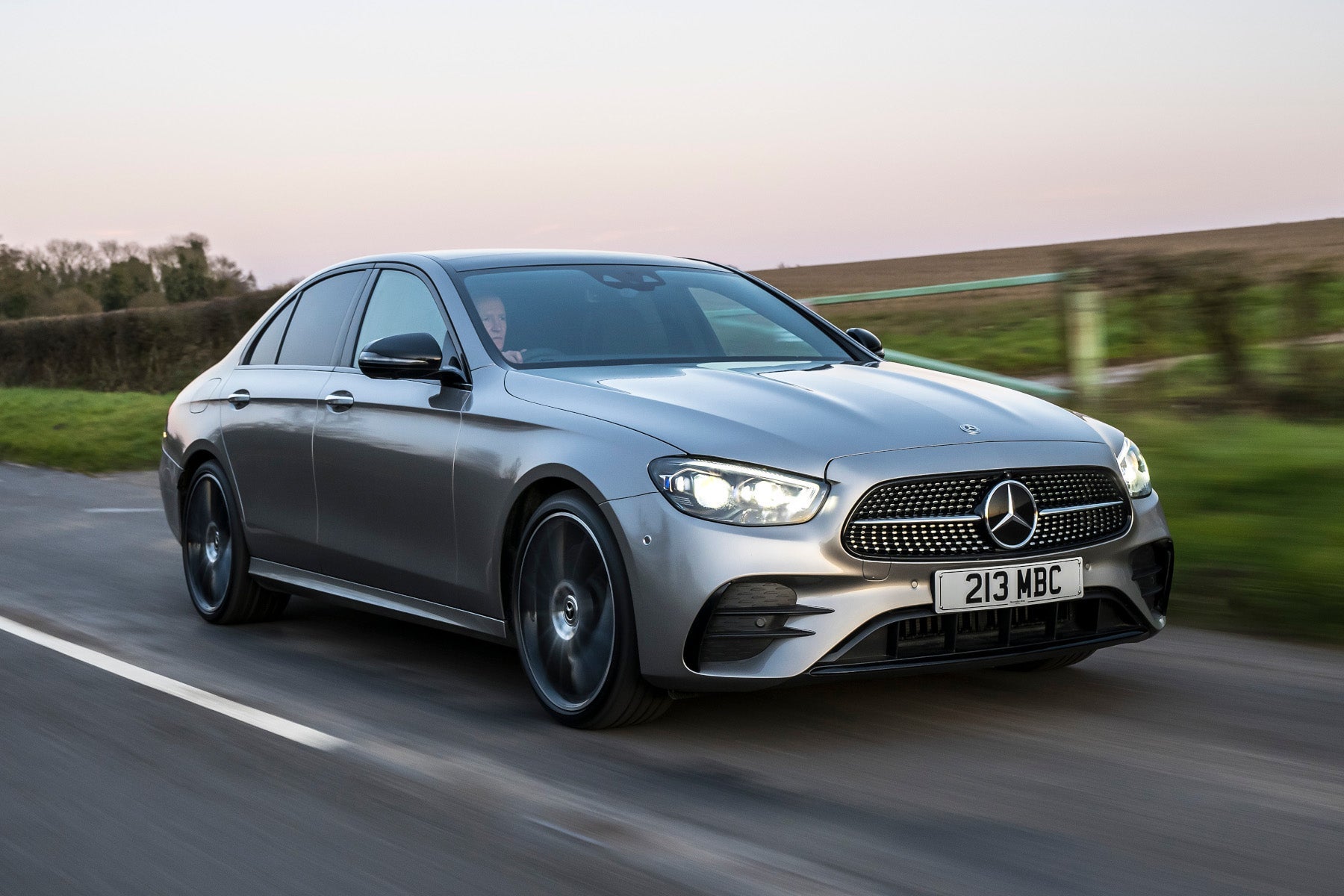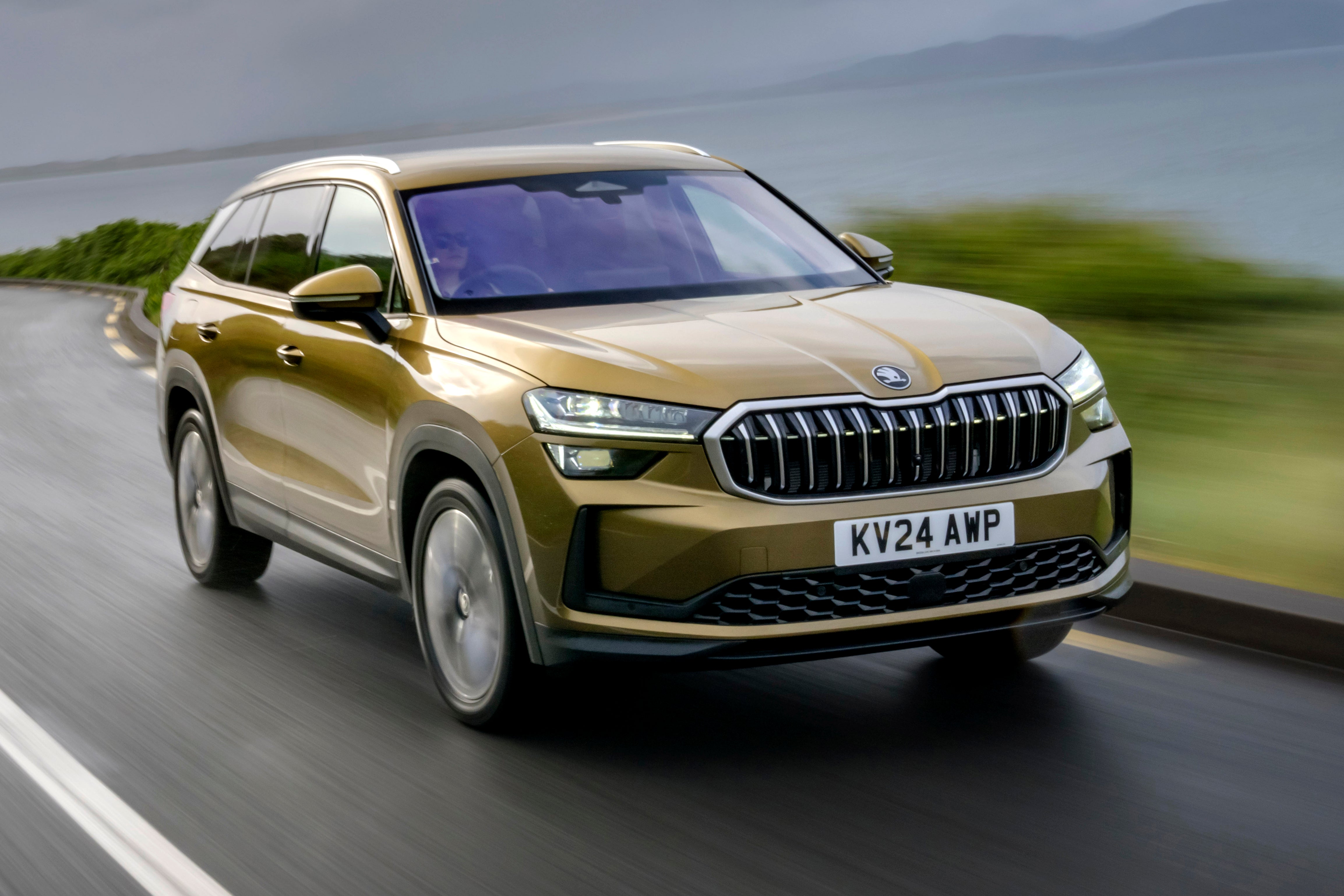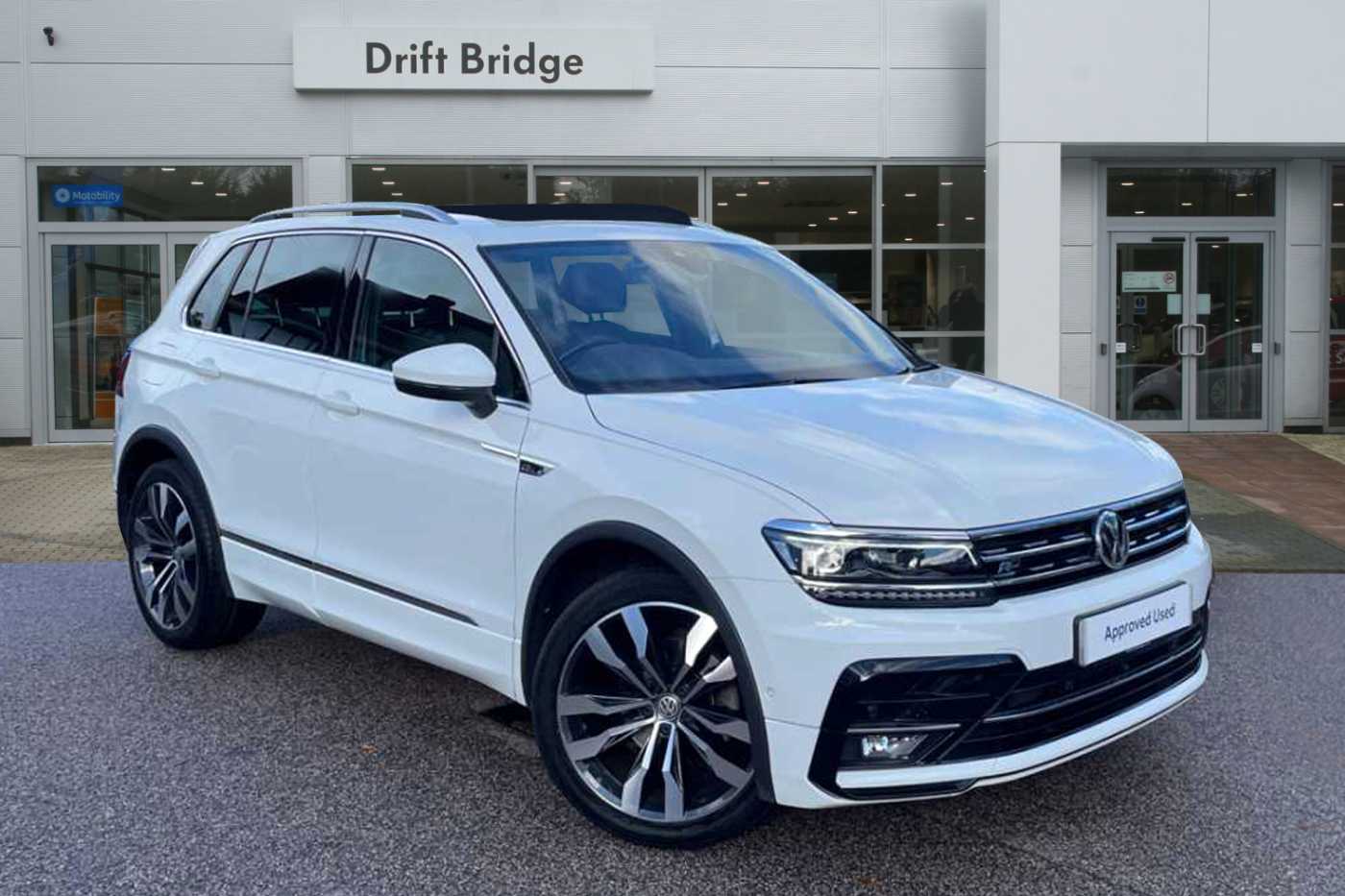
Adaptive Cruise Control is designed to take the strain out of long motorway drives by automatically accelerating and braking for you.
Keep reading to find out what is adaptive cruise control, how it works and what other types of cruise control you can find on a car as well.
How does Adaptive Cruise Control (ACC)?
Adaptive cruise control is an evolution of basic cruise control. Instead of simply holding your car at a pre-selected cruising speed – like basic cruise control – or stopping your car from going over a set speed – like a speed limiter – adaptive cruise control monitors other road users using radar that is beamed out of the front of your car. You'll see the radar housed in the grille or lower bumper sections of modern cars if you look closely.
When the radar detects you're approaching another vehicle, it slows your car to keep a set distance (chosen by you when you turn the system on) between you and the car in front. When the way is clear – you might overtake or the other car pulls off down a slip road – it returns you back to your preset cruising speed automatically.
It also works if another car pulls in in front of you. The radar detects the vehicle and – depending on how sudden the manoeuvre is – brakes your car or eases off the accelerator until you are a pre-selected distance behind it. Again, it will accelerate back up to speed once the way is clear.
Adaptive cruise control is usually setup using buttons on the steering wheel or on a third stalk that sits below the headlight stalk. Using this, you can turn the system on, as well as adjust your cruising speed gradually and set the distance between you and any vehicle you are behind – although it will never let you sit on someone's rear bumper....
Need to turn the system off quickly? All adaptive cruise control systems will deactivate the minute you touch the brakes, but you can also switch it off via the button or stalk you used to turn it on. It will also often deactivate when you press the clutch on manual cars.


How has Adaptive Cruise Control (ACC) changed?
Like everything in a car, adaptive cruise control is constantly evolving – it is itself an evolution of cruise control. Try an early system out and you'll find its inputs are very clunky – it will accelerate you up to a cruise at break neck speed, slam on the brakes when it detects another car and clumsily operate the accelerator to keep you a set distance from the car in front.
The latest systems are a lot less alarming. They'll saunter up to a cruise at a normal pace and – where possible – brake gently when another slower moving vehicle crosses your path.
As well as becoming the kind of Smooth Operator worthy of a song, adaptive cruise control increasingly makes use of your car's other systems – it's hardwired into your car's electronics. As a result, the latest systems can adjust their speed to match the speed limit using information from your car's traffic sign recognition and slow for bends with data from the navigation.
Adaptive Cruise Control (ACC) in autonomous driving
Perhaps the most notable change is that adaptive cruise control now forms a central part to your car's autonomous driving aids. It can accelerate and brake your car while the steering assist will steer the car, ensuring you stay in your lane and follow the flow of the road.
Some cars can even change lane independently when you indicate, using your car's blind spot monitoring system to check the way is clear before using the steering assist to turn you into your lane. Bundle all these systems together and you have a car with Level 2 autonomous driving.
Many cars now also feature traffic assist, which uses the same sensors as the active cruise control and steering assist to drive your car in slow queues on the motorway, bringing your car to a complete stop if you need to, before starting off again when the road is clear.
What types of cruise control do you get?
Modern cruise control was first seen on 1950s luxury American saloons, but it was soon widespread among European models. This basic system would hurtle you towards a preset cruising speed, but you were left to take care of the steering and brakes.
Most modern cruise control systems include a speed limiter, which limits you to a set speed – especially handy for stopping you sail over 20mph speed limits – although they can usually be overridden by pushing down hard on the accelerator.
While cruise control and laterally adaptive cruise control used to be reserved for expensive cars, it's becoming more and more widespread – the current Toyota Yaris comes as standard with adaptive cruise control and lane assist - and it's a humble small hatchback.
Naturally, spend more and you get a more sophisticated system. The Mercedes S-Class – so often a barometer for what we can expect to see in family cars in years to come – has Level 3 autonomy, meaning it can drive itself independently (you don't even need to keep your hands on the wheel) if the law allows. It uses lidar (not a budget supermarket but actually a radar but with lasers instead of radio waves) to detect other cars and keep a safe distance from them.
What other names are given to Adaptive Cruise Control (ACC)?
Adaptive cruise control has had various names including autonomous cruise control, active cruise control, intelligent cruise control and radar cruise control, and that's before you factor in manufacturers own terms such as Distronic (Mercedes), Dynamic Cruise Control (BMW) and Dynamic Radar Cruise Control (Lexus). They may have different names, but they all do basically the same thing.
Adaptive Cruise Control automatically controls the speed of your car. You usually use a stalk or button to set your desired cruising speed while the car's radar scans the road ahead for other vehicles, braking your car automatically when another is detected. When the way is clear, your car will then automatically accelerate back to your desired cruising speed.
Adaptive cruise control, in its current form, was pioneered in the range-topping 1999 Mercedes-Benz S-Class, but it is much more widespread now – fitted as standard to far more attainable cars like the Toyota Yaris.
Cruise control simply holds a set speed that you programme into the car. Adaptive cruise control goes a step further by using radar to detect vehicles in front, before braking your car to match their speed. Once the way is clear, the adaptive cruise control then accelerates your car back to your preselected cruising speed.
Volkswagen adaptive cruise control explained
Loading...
More car features explained
With lots of abbreviations and tech to get your head around, our expert guides explain all.




